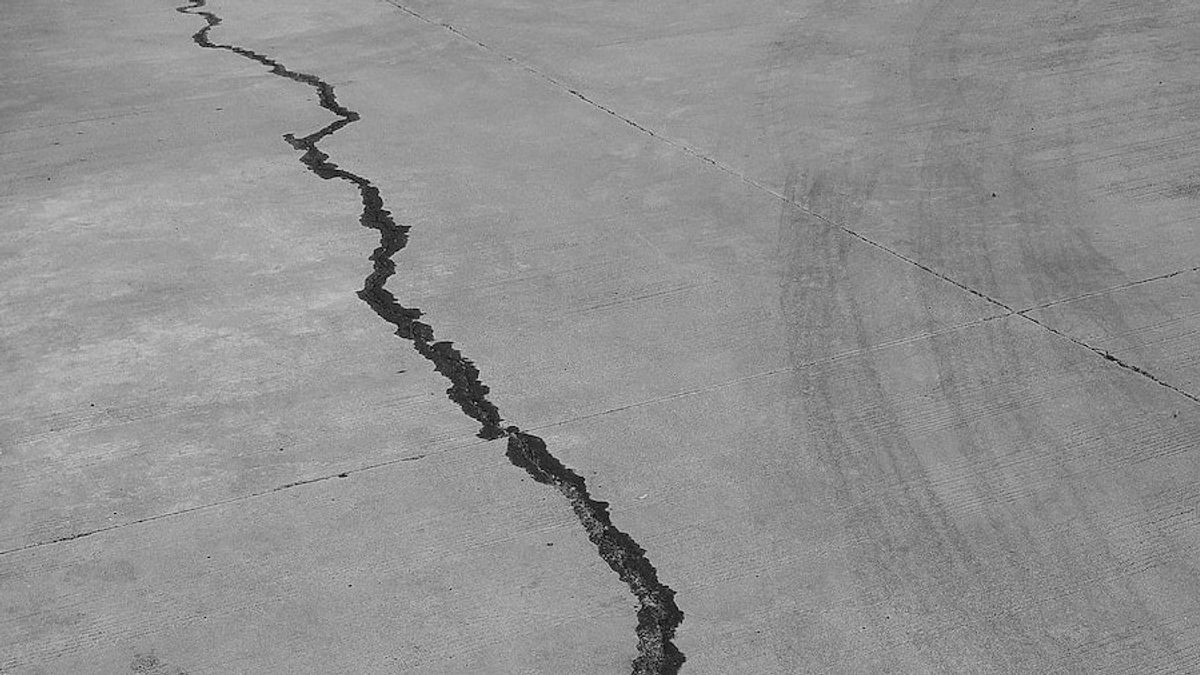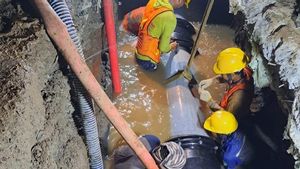JAKARTA - The Meteorology, Climatology and Geophysics Agency (BMKG) reported an earthquake that occurred in North Tapanuli, North Sumatra, on Saturday morning, due to the activities of the large Sumatran fault segment ofun.
"The earthquake that occurred was a shallow type of earthquake due to the large Sumatra fault activity in theun segment," said Acting Head of the BMKG Earthquake and Tsunami Center Daryono, quoted from Antara, Saturday, October 1.
Previously, a tectonic earthquake with a magnitude of 5.8 occurred in the North Tapanuli area at 02.28 WIB. The epicenter of the earthquake was located at coordinates 2.11 north latitude and 98.83 east longitude, or precisely located on land in the North Tapanuli region, North Sumatra, at a depth of 10 km.
As of 04.05 WIB, the results of BMKG monitoring showed that there were 24 aftershock activities with the largest magnitude of M5.1 and the smallest magnitude of M2.5.
Daryono said the results of the analysis of the source mechanism showed that the earthquake had a sliding movement mechanism (strike-slip).
The earthquake had an impact and was felt in the Tarutung area with an intensity scale of VI MMI (the vibration was felt by all residents and most of them were shocked and ran out), the Sipahutar area with an intensity scale of V MMI (the vibration was felt by almost all residents, many people woke up).
Then the Singkil area with an intensity scale of IV MMI (if during the day it is felt by many people in the house), the Tapaktuan and Mount Sitoli areas with an intensity scale of III MMI (the vibration is felt real in the house and the vibration feels as if the truck is passing).
"Based on temporary information, this earthquake caused damage to several houses in Tapanuli. The modeling results show that this earthquake does not have the potential for a tsunami," he said.
The BMKG appealed to the public to remain calm and not be influenced by issues that cannot be justified and avoid buildings that are cracked or damaged by the earthquake.
The public is also asked to check and ensure that the building where they live is earthquake-resistant enough, or that there is no damage due to earthquake vibrations that endanger the stability of the building before returning to the house.
"Make sure official information only comes from BMKG which is distributed through verified official communication channels," he said.
The English, Chinese, Japanese, Arabic, and French versions are automatically generated by the AI. So there may still be inaccuracies in translating, please always see Indonesian as our main language. (system supported by DigitalSiber.id)
Most Popular Tags
#Prabowo Subianto #New Year #Mother's Day #nataru #NatalPopular
23 Desember 2024, 00:04
23 Desember 2024, 06:00
23 Desember 2024, 03:01
23 Desember 2024, 00:55
23 Desember 2024, 04:15













